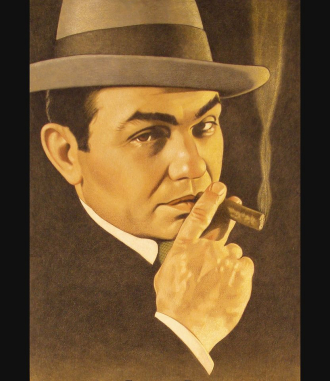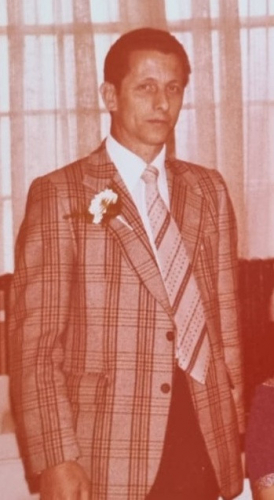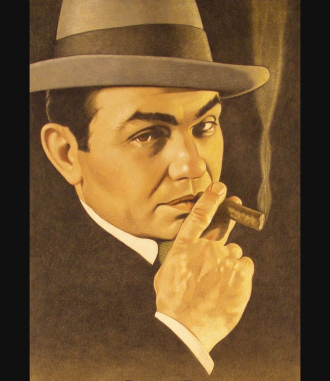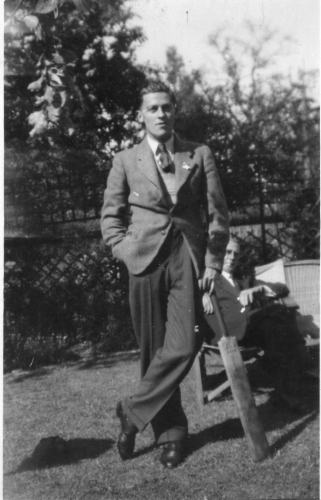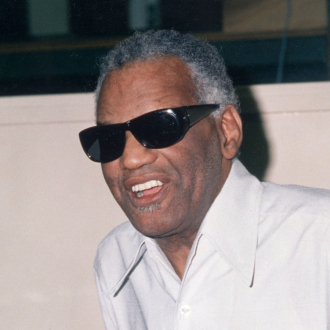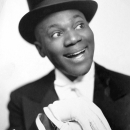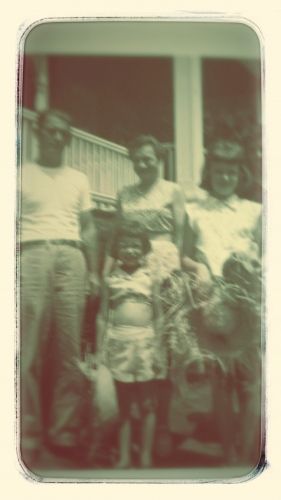Robinson Family History & Genealogy
Robinson Last Name History & Origin
AddHistory
We don't have any information on the history of the Robinson name. Have information to share?
Name Origin
We don't have any information on the origins of the Robinson name. Have information to share?
Spellings & Pronunciations
We don't have any alternate spellings or pronunciation information on the Robinson name. Have information to share?
Nationality & Ethnicity
We don't have any information on the nationality / ethnicity of the Robinson name. Have information to share?
Famous People named Robinson
Are there famous people from the Robinson family? Share their story.
Early Robinsons
These are the earliest records we have of the Robinson family.

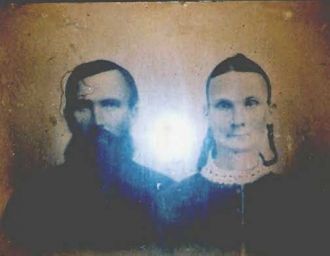


Robinson Family Members
Robinson Family Photos
Discover Robinson family photos shared by the community. These photos contain people and places related to the Robinson last name.



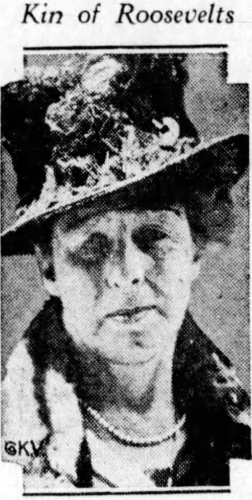




Get Right, or Get Left Behind!~

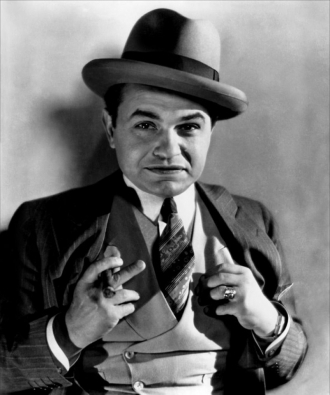

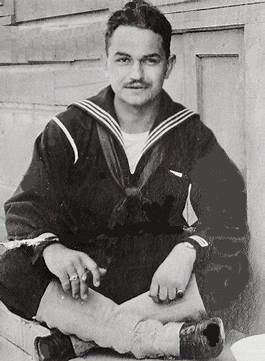
Robinson Family Tree
Discover the most common names, oldest records and life expectancy of people with the last name Robinson.
Updated Robinson Biographies
Popular Robinson Biographies

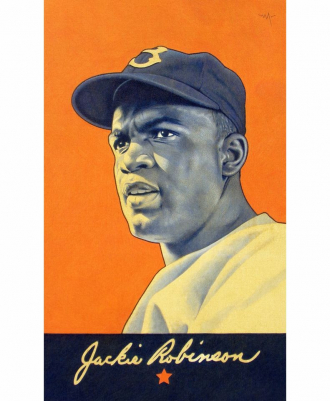

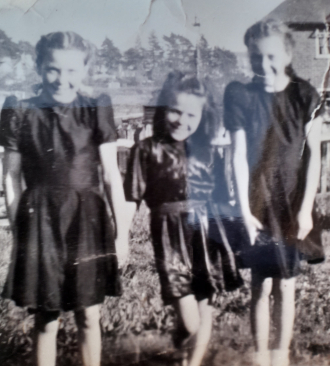

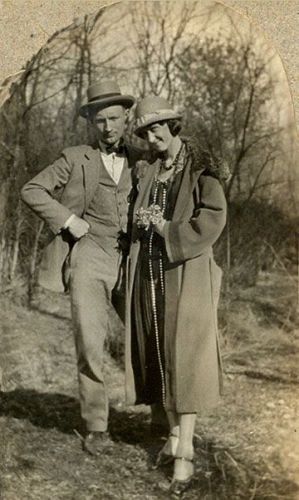







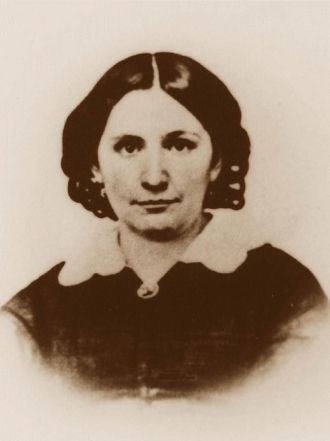





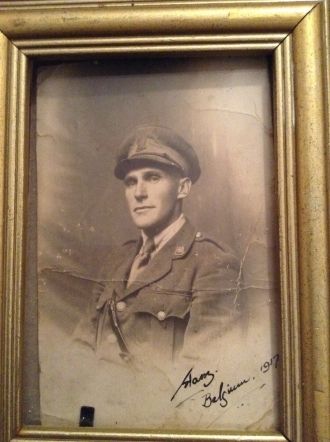



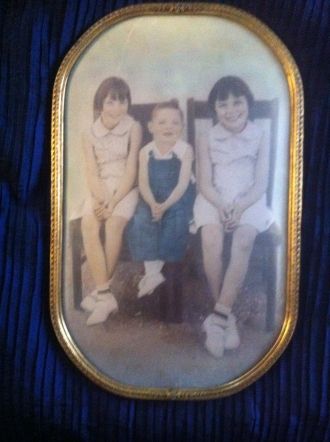
Robinson Death Records & Life Expectancy
The average age of a Robinson family member is 71.0 years old according to our database of 172,351 people with the last name Robinson that have a birth and death date listed.
Life Expectancy
Oldest Robinsons
These are the longest-lived members of the Robinson family on AncientFaces.
Other Robinson Records
Share memories about your Robinson family
Leave comments and ask questions related to the Robinson family.
 Diane Beasley
Diane Beasley BUT MISSING LOVE FROM TRUE FAMILY NEED TO KNOW THEM WISH THEY WOULD JUST MEET ME BEFORE JUDGING ME PATIENTLY WAITING TONDA LYNN CLIFTON 972 399 6800 OR 214 391 2530
 Melissa Robinson
Melissa Robinson  Russ Robinson
Russ Robinson RAMBLINGS FROM HERE, THERE, and EVERYWHERE
by Effie Robinson Drane
In January 1954 Bill said, “Mom, I have heard you say you would like to go to Bywy someday.” I enjoyed the ride from Columbus , always anticipating the sight once again of the beautiful plantation home of my childhood ---- for Bywy was the scene of my earliest recollections.
Not one familiar sight I could see. We asked directions and a man led us to his father-in-law’s home who he said owned a part of the Robinson land. My father had been dead 64 years. (1890) We met a Mr. Murphy and when we told him what we were looking for, he was ready to go.
We followed his truck and reached a place I did not know. We got out and followed him. Mr. Murphy said the house stood there. An awful feeling of loneliness came over me. I could not imagine the terrible destruction or deterioration that had taken place.
It must have looked much as it did in the early 1840's when my father first came from Chester, South Carolina and settled here. I had not lived at this place since 1887 and it was hard to realize that trees could grow so large, or undergrowth could so completely cover a once beautiful homestead.
We crawled through a wire fence. I said, “Oh, there is nothing here, nothing, that reminds me of my childhood.” Mr. Murphy said, “Yes, I think there is. Somewhere there is an old well.”
We found the well, the one thing that made it possible for me to get my bearing. My mind jumped the ether space, and went back to the early years of my life , as a panorama of the past floated before the vision of my mind’s eye. I saw the old Natchez Trace, this particular part, we called White’s Road. Just off of this was a neat pailing fence, and some ten feet from that a Cedar Hedge, kept trimmed flat on
( Page 2 )
top, boxed on the sides.
This was a family pride — the yard neatly laid off in walk, where we children used to play chasing, running up one walk, down another, from the gate to the two storied white house with a portico with tall columns. From this one entered spacious hall, with double doors, both front and back.
To the left was the parlor. I dimly remember the furnishings, but somewhere in that room hung a life-size portrait of General Robert E. Lee and also a large picture of two Jersey cows, a milk maid standing between them. I have never seen but one other picture like this and it hangs in the home of Mrs. Lewis Long, Sr. of Starksville, MS in her living room.
Over the mantle was a mirror with gilded frame. There was a marble top table, a horse sofa, and a very lovely piano, inlaid with jewels. At the White House in Washington, I once saw one very much like it. Also years ago, at the old Waverly mansion, there was one of the same kind.
I do not remember chairs, but of course there were chairs, and plenty of them as the house was always full of company. It was a center of activity, whether it was a community play, Spelling Bee, or preaching. Mr. Gus Mecklin of French Camp preached in our home while a new church was built.
There was the staircase where we children used to slide down, stopping just before we hit the post. From the back of the hall was a long corridor (breeze way today) with bannister on each side that led to the dining room. Down the steep back steps and some forty feet away was the kitchen, where the food was prepared in an open fireplace, in great black iron utensils hung above the coals on cranes and when cooked, brought in covered dishes to the dining room. This was before my time. Then, the first mistress of the plantation was living. After her death, my father who was fifty, married a girl of twenty-five who became my mother (Frances Isabelle Love).
She discarded the old kitchen, moved it the house and bought the first cookstove in the neighborhood. I can still see the corridor leading from the house proper to the dining room, with its two flights of steps. The one to the right led to the old well we had just found where water was drawn with a windlass. A roof extended from the corridor to the well house. The floor was dirt for coolness, I suppose. Here the milk was kept and the butter churned. On the opposite side of the corridor, steps led to a big backyard where my father’s horse was brought saddled and bridled each morning, and hitched to a tree. That large forest tree there near the well must
( Page 3 )
have been the hitching tree my childish eyes had looked upon so often. I could see no crepe myrtle tree, no summer house, only one gnarled old cedar, shabby and scarred where hundreds once grew, a giant oak where the house had once stood, pailings all gone, house gone. No sign that one ever stood there. There used to be a huge structure called the commissary with an entrance in the front yard. It was no longer used as such after the war, but still used as a cotton house with my father’s office in the back. From the commissary to the big road was the big gate. First, came an immense arbor, over which trailed a scouponong vine. I distinctly remember a goose nest and how afraid I was to go near her. For if I came too close, she ruffled her feathers, stretched her neck and hissed at me.
Beyond that was a row of double corn cribs built of logs. Behind that was an apple orchard. Across the road was the peach orchard and the blacksmith shop and several more corn cribs.
Once on furlough my father rode over the plantation, and it was before these cribs that he found twelve wagons being loaded with corn. He sat on his horse and said nothing. These men were the riff-raff of the county. He wrote down the names of the drivers and make of each wagon. When they left, he had his overseer nail the doors shut on the cribs. When the war was over, he personally made every single one of those men pay for the corn they took. He told me this himself.
Turning from the cribs in the yard, we came to the carriage house, back of that was the horse lot and barn. Between the house and lot was the wood pile, where logs were cut the proper length for the fire places and kitchen stove. Upstairs in the house were six guest rooms.
Back from the wood pile, was a gate which led across a stream to the Negro quarters, and the plantation proper. From the gate was a two storied brick smoke house. Back of that was the garden. In the other side of the yard was the storm pit. A ladder went down into a square hole in the ground, about the size of a ordinary room. The storm pit was covered by a low log house. Back of this was the cow lot and barn. Then, came a field of corn.
I had gone with Kissana Rabb (a niece of my father’s who was visiting from South Carolina) to the home of father’s nephews, John Alexander Samuel Shammon, whose mother was Margaret Robinson. John Owned the next plantation down the road. His daughter Reggie was about my age (long since dead). We were great playmates. Past the cornfield was the gin, where one of the older boys burned
to death.
( Page 4 )
Sammie was in the press where the cotton was loaded and tramped into bales. Walter and Clyde were in the lint room playing (they were small boys), when an old man, a Mr. Roach picked up a handful of lint and said to the boys, “I bet I can set this a-fire, and never burn my hand.” The boys had been well drilled to the fact that they must never have matches around the gin.
When they saw his intention, they hollowed “stop it”, but he lit the match and instantly the whole structure was in flames. The boys ran and Clyde remembered that Sammie, two years older than himself, was left in the press. The gin hands battered and cut a hole in the side of the building for him to crawl out. By the time they got him out his clothes were burned off him and his features so badly burned that his mother didn’t recognize him. He died before the next day and he is buried in “God’s acre” in the old Lebanon Church yard where his grandmother Robinson, mother, father and many others are buried. Mister Roach was never apprehended. There were no phones or improved roads and the nearest railroad station was fifty miles away. It was easy to drop out of sight in those days. No one ever knew why mister Roach would want to burn down the gin.
My mother, Frances Isbella, and two brothers, James Edwin and Victor Joseph Robinson are buried in the cemetery at Starksville, MS. One little girl, Mary Lovelace (fifteen months) is buried at Lebanon. She was the oldest of my mother’s children, I being next, and the only one living of my father’s twenty-one children.
When I was ready to go, Mr. Murphy ask if I wanted to see the slave graveyard.
He led the way, we followed. Among the graves of slaves who died before 1862 were new made graves of three soldiers who were descendants of Robinson slaves.
Some sixty years (summer 1898) before this last visit to ByWy, my mother, her three children, Effie (my self), Eddie (James Edwin) and Victor, a step daughter, Martha Robinson Love and her daughter, Ada Love visited the old ByWy Plantation.
It was in ruins then, but not so completely nil as it was on this day in 1954. We had heard that some believed the house to be haunted. Late at night passers by often saw lights appear and disappear in different rooms. Strange noises were heard, but the ghost were most likely revenue officers looking for illicit liquor. Since the house was vacant, we decided to investigate on our own.
We found an ingenious opening in the wall. By dint of pressure, a plank slipped. It was easy to see what lay behind it, a series of nails with noose still attached, which once held the necks of many bottles. There were other places of
( Page 5 )
concealment. During the Civil War, when fighting came as near as Columbus, MS, many valuable articles were hidden there.
After the war, when we were children, some of the older girls told of the secret hiding places and that they had hid their dolls where the grownups hid their valuables. The boys found a secret trap door and another one inside the first hidden room. We were disappointed not to find dolls, but only cobwebs.
Just as on this day, mother and Martha had had enough and they grieved for things that were gone. We left the house, never to see it again, and drove the buggy down the old long used plantation road. We crossed the stream, which in years gone by, had been used at hog killing time to supply Winter’s supply of meat.
Early on one particular morning, which was before my time, but came to me first hand, the weather was just right. Plenty of frost in the air.
This was a gala time for plantation folks. All was in readiness. The big wash pot had been hauled down from the yard to boil the water. A large barrel was half-buried in the ground, filled with boiling water. Four big Negroes had lifted a well fatted hog preparatory to sliding it into the scalding water barrel. One of the men slipped and fell into the barrel. My father ordered, “Pull him out quick, and put him in the branch.” He was kept there, with only his nose sticking out, for several hours. He got well and lived to see many more hog killing times. There were no hospitals except in large cities, certainly not around here.
We went on over the one time road to the heart of the plantation, and the long row of one time cabins, now in decay.
Ole Mars Alex ( the name slaves used to refer to Effie’s father) was gone, but in one of the less deteriorated cabins lived Sam and Jane, two old faithful slaves who had remained after the surrender. They lived and died in the same cabin.
On this day they had a visitor, Lit. Three old slaves and they were very happy to see their “white folks.”
Jane and Sam knew us all well, for we had never lost contact with them, even though the plantation had long since passed into the hands of strangers, it being sold along with other property, for a division, after my father’s death on April 10, 1890.
Lit was no stranger to me. He had been my father’s body servant (today he would be called a valet)before the surrender. Lit went with him through the Civil War. My father did not enter the war at first because the Confederate government deemed it more important to stay home and furnish food for the army if one owned more than sixteen slaves. Mars Alex owned a great deal more than that. But, he
( Page 6 )
was not happy to be out of the fight. He kept a diary, in fact, a continuation of one, and his habit was to write the days happenings each night. I have read that diary and found it very interesting. I also know how lonesome he was, especially on Sunday’s after being at church. He wrote, “Went to Pisgar to church today, everyone was talking about the war. Saw several home on furlough, and so many missing who will never come home. I am restless and lonesome, think I will go to Chester this week and enlist.”
But, it was in Bankston, MS where he enlisted, and wrote that night in his diary, “Hired an overseer today, will leave for the front this week. Have talked with Lit, he is ready to go.”
Lit went with him through the war. Lit always had the horse ready for Mars Alex. It was Lit who foraged feed for the horse, and saw that Mars Alex had his food prepared and waiting for him after each skirmish. He covered Mars Alex at night before rolling in his own quilt and made his bed at the head of his and Mars Alex’s horses so to be ready for any emergency.
Today, after all these many years, Lit, old, gray and decrepit was beside himself at seeing his young Missie Martha Robinson, again. She herself was no longer young, but to Lit, she was still his young Missie. Sam and Jane was glad to see us and would have liked to talk to us, but Lit had too much to say.
His old mind had gone back to “a fo de war,.when he was mars Alex body servant, and laid he clothes out on de bed, an fix de water for he to bath in. Ever where Mars Alex went, right thar I be too. If’n he wus rid about, I was ridden about too. De gate was allus open for Mars Alex to ride thru.”
When we younger children who never lived during slavery time would have liked to go, there was old Lit, holding tight to the surrey wheels saying, “Wait a minute young missie, I wants to ax you bout ....” and he was off again, winding up with “dat wus afo de war when all us white folks wus living.”
This was in the summer of 1898. On the way home, with thoughts still in the past, the older members of the party began to reminisce. Martha told us of her first meeting with her future husband, Lt. Love (Joseph Edwin Love). This was during the Civil War.
By the grape vine route, word came to the plantation that soldiers would pass by that way. All of the Robinson children of which there were plenty and all of the little Negroes were standing outside the front gate, watching with goggle eyes to see the boys in gray go marching by, only these men were mounted. When the
( Page 7 )
commanding officer, Lt. Love, passed a spark flew between the handsome lieutenant and little Martha Robinson, only twelve, that was destined to last to the end of her life.
With this look, Martha suddenly remembered she was barefooted, and sank right down on the ground to cover her feet with her dress.
Up the road a piece, a man was cutting wood. Here the column was halted while the Lieutenant rode to one side to ask, “Who lives in the house we just passed?”
“Squire Robinson.”
Then the Lieutenant asked, “There was a bunch outside the gate, among them a young girl with dark brown hair, not tall, very pretty with a beautiful complexion. Who is she?”
“That would be Miss Martha Robinson,” answered the woodcutter. No letters were passed. In that era, it would not have been permissible even had it been possible.
A few months later, the Lieutenant was home to recuperate from a shattered arm, that had been struck by a mini-ball. (Wounded at the Battle of Logan’s Crossroads or sometimes called The Battle of Fishing Creek) There were a good many boys home, some on furlough for a rest and some wounded.
For these boys, the whole county, far and wide, were giving a fish fry at Burnside Lake. Mr. And Mrs. Robinson and small children were in a carryall, to us now an odd kind of vehicle. The driver of the horses sat on a high seat that scooped down low to seats for the riders. Behind and outside was a seat where the inevitable little Negro rode ready to jump off, open the door, or do whatever was required of him.
The young people of the neighborhood met at the Robinson front gate, where Martha was waiting for them. These girls and boys all rode horseback, the girls riding side saddles, with long skirts reaching almost to the ground. These were called riding skirts.
Of course, Lt. Love was there. He had ridden many miles, with his arm in a sling, all because he hoped Miss Martha would be there. She was.
The Lieutenant asked a soldier, “Is the Robinson family here?”
“Yes.”
He then asked, “Is Miss Martha here?” Again, the answer was yes and she was pointed out in a group. Next, he asked,
“Can you introduce me?”
( Page 8 )
“No, but I can introduce you to someone who can.”
So Edwin and Martha met. They spent the rest of the day together. He rode home with her. They parted at the front gate. When his arm was well, he went back to the army where he was soon promoted to Captain. When the war was over, they renewed the acquaintance, which rapidly grew into love.
Then my mother ( Frances Isbella Love Robinson second wife of Alexander Robinson) took up the story, Joseph Edwin Love was her brother. Two years after the war, 1867, Captain Love was going out to the swimming hole one bright moonlit night to swim and bathe for the next day, he would wed Martha who was now fifteen years old.
At the gate, he met one the family had mourned as dead for two years. The sisters heard his voice and one said, “It’s Billie.” They all started. But Billie stood outside pleading, “Don’t touch me.” He was still a very sick man with splintered bones working out of his body.
The wedding came off and so pleased was Billie that in due course of time when Pernecie (Pernecie Robinson, Martha’s younger sister) was fifteen they were married. After several years, they moved to Partridge, Kansas where many of their descendants live today.
I lived near enough to the Reconstruction period to know much of what went on. My associates were those who lived during and before the Civil War. I have lived through many a battle listening to old soldiers who relived those times whenever two or three got together and always reminisced. Also, I knew of the hardships of Reconstruction from those who lived through it.
I also learned this same medium of life on the plantation before the war. Do not let anyone tell you that Southern planters were mean to slaves. It does not stand to reason. If one owned a valuable piece of property, think you they would abuse it? No! Such writing to the contrary is, but propaganda.
My father had his own body servant, Lit, nowadays he would be called a valet. His wife had her cook. She also had a helper (a house woman) and a nurse. The boys had their boy, the girls had a girl. There was a lot boy, a yard boy, milker, blacksmith, carriage boy and always a small boy who rode behind the carryall. Then came the field hands. With so many, it is not possible that too much work was required of one. There was also a seamstress who made all the clothes for the
( Page 9 )
plantation, as well as one who did nothing but spin, and two who did the weaving.
An overseer looked after the field hands and the plantation. The mistress of the big house looked after those in the house.
There was a house in the yard, one room in which the little Negro children were kept. A nurse looked after them during the day while their mothers worked. Another room was for the sick of the plantation whether children or adults. The mistress checked often on them, even at night to make sure they were comfortable and well cared for. A doctor was called when needed. These people were valuable and given special care. They were loyal and loved their white folks, who also loved them. But, they were slaves and now they are free. It is better today, much better and I would not have it otherwise.
Phillip H.Pitzer ([contact link])
 WillieL. Robinson
WillieL. Robinson In the book on pages 97 and 98, J. C. gives an account of a heroic deed done by his maternal grandfather, Constantine Montgomery, who went to the defense of a neighboring family, which was black, after members of the Ku Klux Klan had made plans to pay the family a visit one night. The Klan members had decided the black family needed whippings. The only crime committed by the family, the book states, was that they were more prosperous than some of their white neighbors.
On the night of the planned visit, Constantine, a farmer and a man of influence in the area, posted himself outside of the home of his neighbors and waited for the Klan members to arrive. Upon their arrival, Constantine warned them that they would have to kill him before entering the house and doing harm to the family. The Klansmen changed their minds and left. Constantine, while preventing the family from being whipped, may have also prevented the occurrence of something even more tragic that night considering the reputation of the KKK. He was known as a peacemaker, and that role was demonstrated that night.
I have not been able to pinpoint exactly when the incident occurred, or exactly who all were members of the black family at the time. Constantine was born in 1843, and he died in 1919. The son of the black family was born in 1888. He would have been about thirty-one years old when Constantine died, and married for about a year and a half.
In 1900, the black family consisted of the parents, a son and a daughter. By a reference in the story, it is clear the son was a member of the family at the time of the planned activity by the KKK. Since his mother lived until 1926, she was there also. I estimate that the father died between 1910 and 1912. He was probably also there if the incident occurred when Constantine was no more than sixty-five year old. It is likely that the wife of the son had not joined the family by that time if it occurred before 1918, which it probably did. The daughter lived longer than any other member of the family, and she was likely at home when the Klan went calling on them.
In the book, J. C. describes his family members as being longtime acquaints of the black family at the time of the incident, and that could have been the motivation for Constantine’s actions that night in going to the aid of his innocent neighbors. He could have also acted as he did simply because it was the right thing to do under the circumstances. My research shows the families were neighbors in 1870, and I think the relationship dates back much farther than that.
It is not known if the occupants of the house were ever aware of how close they came to an encounter with members of the KKK or not. Family tradition does not offer an account of the incident. That is not so unusual considering the fear the Klan was able to create in black people during the time. At any rate, I am very appreciative that Constantine took the action that he took that night in protecting my Robinson family members. I am also pleased that J. C. Redd documented this story in his book, and I was fortunate enough to find it. A member of that family was Thornton Edgar "T. E." Robinson, the man who became my paternal grandfather, the father of Willie Ivy Robinson (1923-2000). My mother named me Willie Edgar Lee Robinson when I was born in August 1943.
Thornton Edgar, who married Narsis Bailey, was a son of Ivey Robinson and Elizabeth "Lizzie" Dunn Robinson. Narsis was a daughter of Eugene Bailey and Mariah Hardy Bailey. Constantine, who married Arcadia Elizabeth Moak, was a son of William Montgomery and Sarina Albritton Montgomery. Arcadia Elizabeth was a daughter of John Moak and Nancy Roberts Moak. Redd family tradition says some members of the Moak family were of the Bogue Chitto Indian Tribe. Robinson family tradition has it that Lizzie was also of Indian descent.
Lizzie's death certificate shows her mother's name was Elizabeth also, and her father was Thornton Dunn. Lizzie was born in the area, and as far as I have been able to determine, she spent all her life there. Her mother was born in Mississippi and Thornton, a mulatto, was born in Louisiana as indicated by the Lincoln County Census of 1870. Lizzie's roots may have also included Bogue Chitto. She was between seventy-five and seventy-eight years old when she died in October 1926.
Ivey and Elizabeth were neighbors of the Montgomery family in Lincoln County in 1870, which was the year the county was formed from parts of the counties of Amite, Copiah, Franklin, Lawrence and Pike. William had died by then, and Sarina was head of the Montgomery household. Constantine and Arcadia were married the following year in 1871. The year 1870 was also the first time black people in general were counted by name in the United States Census following the abolishment of slavery in 1865. Although no descendants of Ivey and Elizabeth live in Norfield now, the Robinson family still owns part of the property acquired by our ex-slaves ancestors many, many years ago.
In addition to Willie Ivy, T. E. and Narsis were the parents of Mary Elizabeth (Bourrage), Eugene J. "Tuddy", Silas M. "Tee", Tycer M. "Slim" and Edith Marie "Kitty" (Norwood). Edith Marie, named Eddis Mariah at birth, was born four months and three weeks after the accident that caused her father's death in October 1933. Victoria "Sissy" Robinson was T. E's sister, his only known sibling to have lived to reach adulthood. Aunt Sissy never married or had children. She was about sixty-seven years old when she died in December 1951.
Followers & Sources






